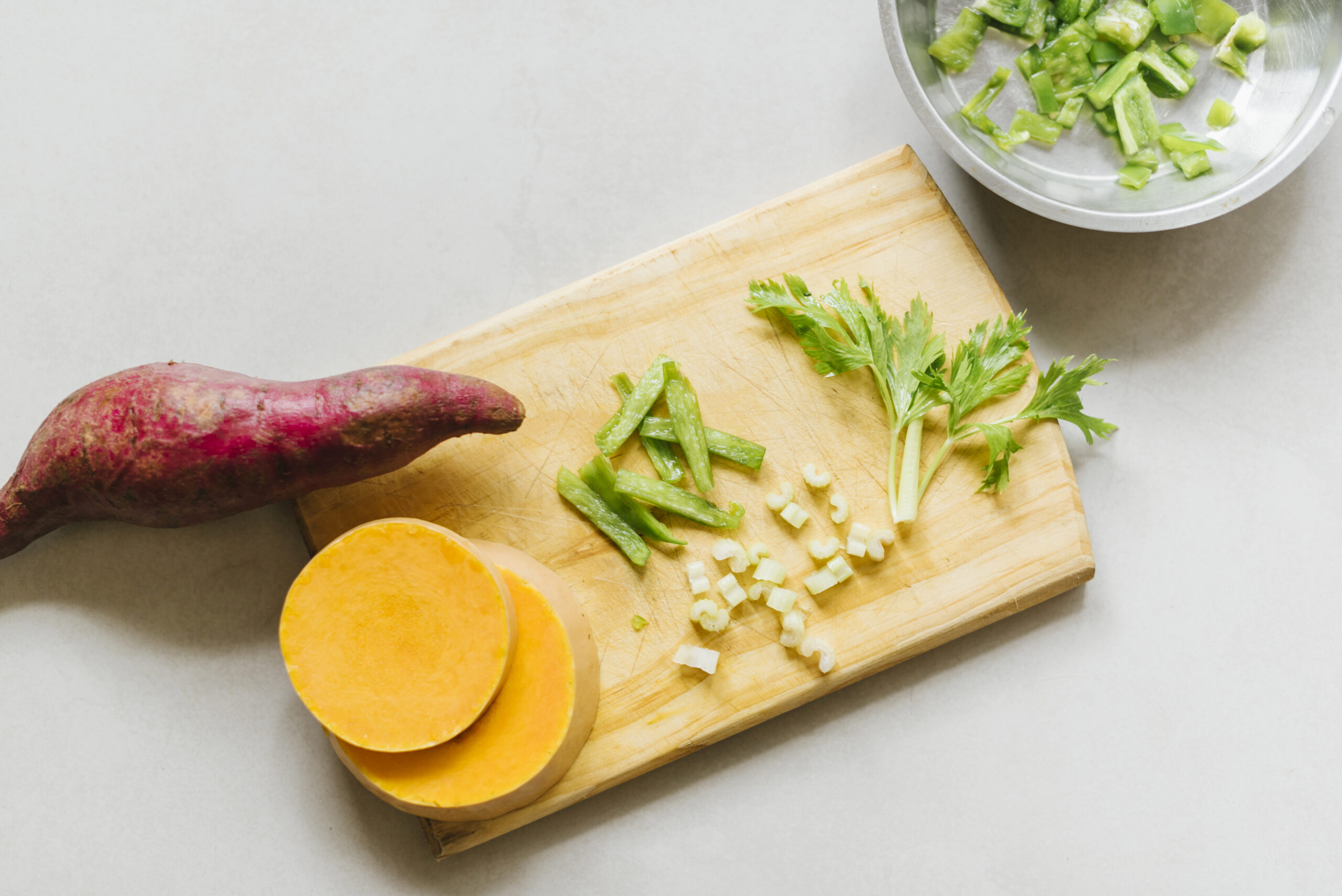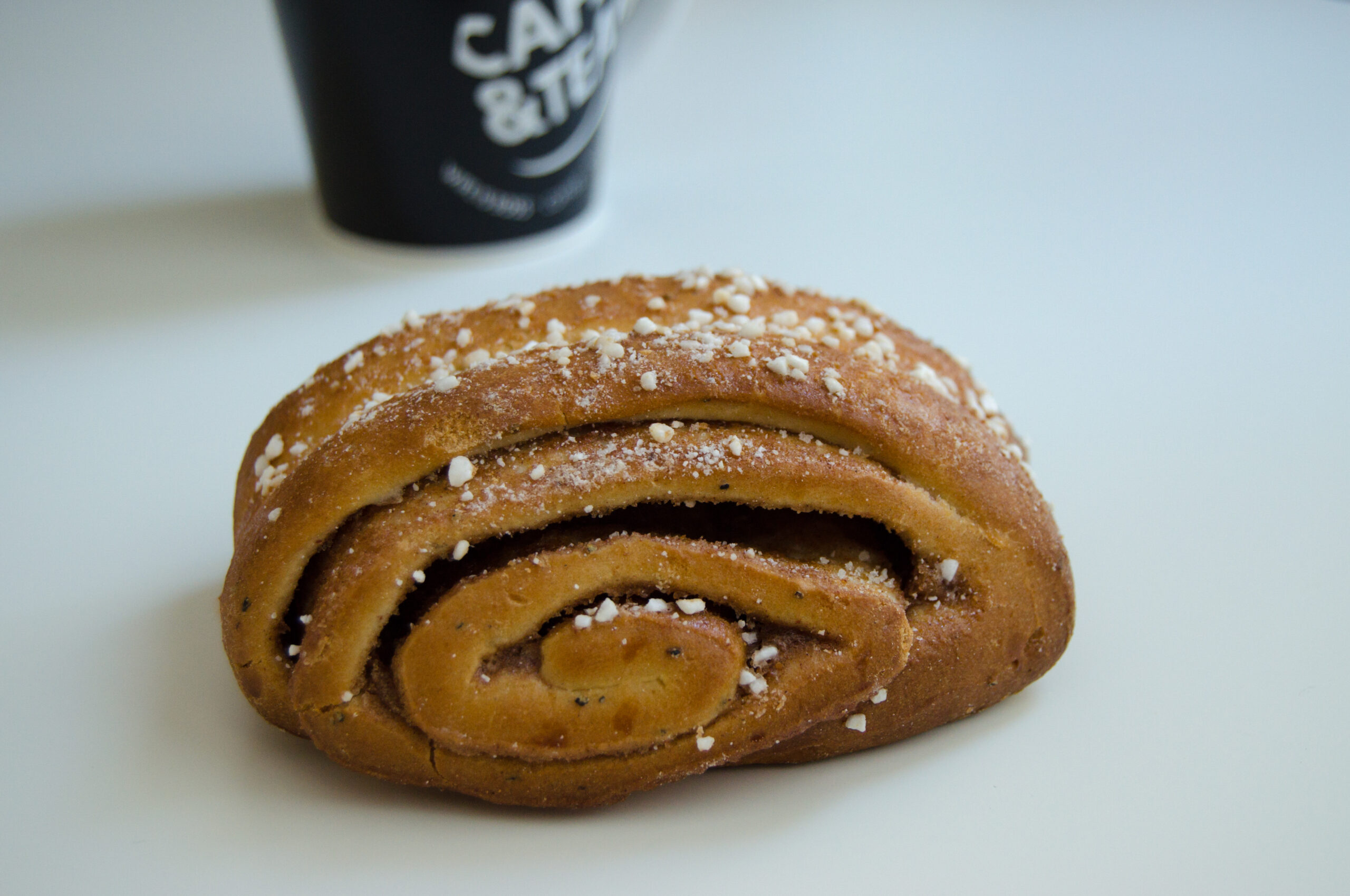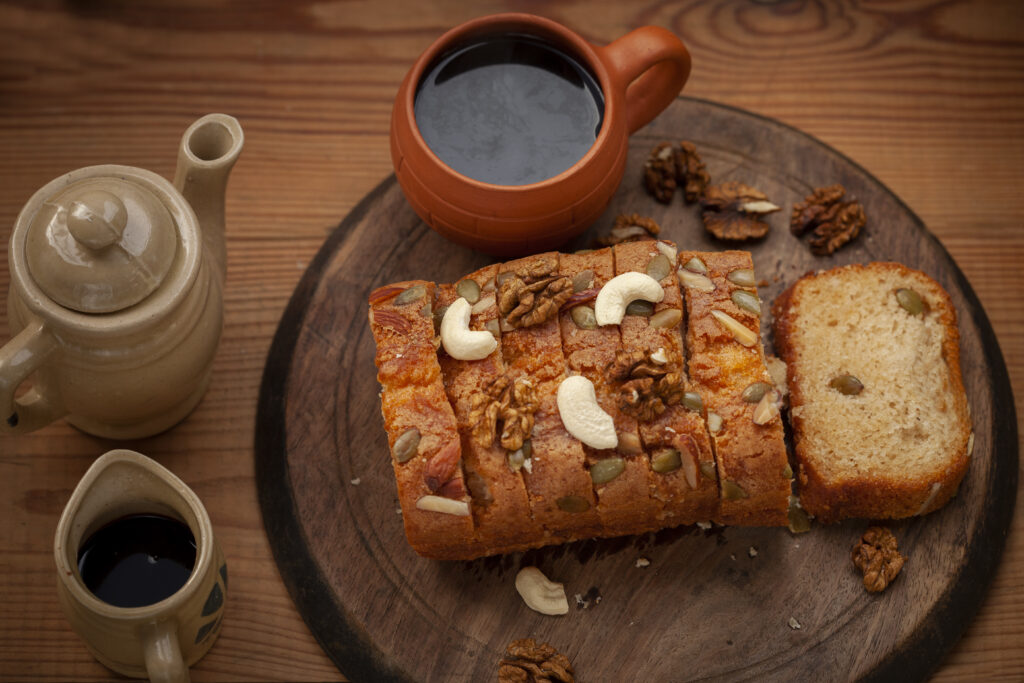- LIFE
How to Bake Sweet Potatoes Perfectly Every Time


Cinnamon donut bread is a delightful fusion of flavors and textures that satisfies both the sweet tooth and the comfort food craving. This quick bread, characterized by its rich cinnamon sugar coating, offers a deliciously moist interior reminiscent of classic donuts. Whether you’re an experienced baker or a home cook exploring new recipes, cinnamon donut bread is a rewarding project. With the right tools, ingredients, and techniques, you can create a perfect loaf that will impress family and friends alike.
Creating cinnamon donut bread requires a few essential tools to ensure success. First and foremost, a reliable oven thermometer is crucial for maintaining the correct baking temperature. Additionally, a sturdy mixing bowl and a hand or stand mixer will make the mixing process more efficient. Measuring cups and spoons are vital for accuracy, while a rubber spatula will help you scrape down the sides of the bowl and fold in ingredients.
A fine-mesh sieve is useful for sifting flour and other dry ingredients to prevent lumps. Finally, a wire cooling rack is essential for allowing your bread to cool evenly after baking. Investing in these basic tools will not only improve your cinnamon donut bread but also enhance your overall baking experience.
The choice of loaf pan can significantly impact the outcome of your cinnamon donut bread. A standard 9×5-inch loaf pan is generally recommended for this recipe, offering ample space for the bread to rise and bake evenly. If you prefer a taller loaf, a slightly smaller pan, such as an 8.5×4.5-inch, can be used, though you may need to adjust the baking time accordingly.
Material matters, too. Metal pans are excellent conductors of heat, promoting even baking and browning. However, glass or ceramic pans can also be used, although they may require a longer baking time due to their slower heat conduction. Regardless of your choice, always grease the pan thoroughly to prevent sticking and ensure easy removal of your bread.

The hallmark of cinnamon donut bread is its generous coating of cinnamon sugar, which provides both flavor and texture. Traditional cinnamon sugar is a simple mixture of granulated sugar and ground cinnamon. However, you can experiment with alternatives to suit your taste preferences.
For a deeper flavor, consider using brown sugar instead of granulated sugar. Brown sugar’s molasses content adds a subtle richness that complements the cinnamon. Alternatively, for those seeking a lower-calorie option, sugar substitutes like erythritol or stevia can be used, though they may slightly alter the texture.
Don’t forget the importance of fresh cinnamon. Ground cinnamon loses its potency over time, so ensure you’re using a fresh batch for the best results. For an extra kick, try incorporating a pinch of nutmeg or cardamom into the cinnamon sugar mixture.
The mixing process is crucial for achieving the ideal texture in your cinnamon donut bread. Begin by creaming the butter and sugar together until light and fluffy. This step incorporates air into the batter, contributing to the bread’s tender crumb. Gradually add the eggs, one at a time, mixing well after each addition.
In a separate bowl, whisk together the dry ingredients, including flour, baking powder, and salt. Slowly add the dry mixture to the wet ingredients, alternating with milk or buttermilk, and mix until just combined. Overmixing can lead to a dense loaf, so it’s essential to stop as soon as the ingredients are incorporated.
For an extra touch of flavor, gently fold in vanilla extract before transferring the batter to the prepared loaf pan. This step enhances the overall aroma and taste of the bread, making it even more irresistible.
Apple cider is a fantastic addition to cinnamon donut bread, infusing the loaf with a subtle fruity note that complements the cinnamon sugar. To incorporate apple cider, simply replace a portion of the milk or buttermilk in the recipe with an equal amount of apple cider. This substitution not only adds flavor but also contributes to the bread’s moist texture.
For a more pronounced apple flavor, consider adding finely chopped apples or apple sauce to the batter. These additions will introduce a delightful texture and enhance the overall apple-cinnamon profile of the bread. Remember to adjust the baking time slightly if adding fresh fruit, as the additional moisture may require a longer bake.
Cinnamon donut bread is a type of quick bread, meaning it relies on baking powder as a leavening agent rather than yeast. Baking powder is preferred for its convenience and ability to produce a light, tender crumb without the need for extensive rising time. This makes the recipe accessible and straightforward, even for novice bakers.
While yeast can be used in some bread recipes for a chewy texture and distinct flavor, it is not suitable for cinnamon donut bread. The goal here is to achieve a cake-like consistency, which baking powder facilitates perfectly. Ensure your baking powder is fresh and active for the best results, as expired leavening agents can lead to a dense, heavy loaf.
The choice between brown and granulated sugar in cinnamon donut bread can significantly impact the flavor and texture of the final product. Granulated sugar offers a clean, sweet taste that pairs well with the warmth of cinnamon. It also contributes to a lighter crumb and a crisp outer crust.
On the other hand, brown sugar imparts a deeper, more caramel-like flavor due to its molasses content. It also enhances the moisture of the bread, resulting in a softer, more tender crumb. For a balanced approach, consider using a combination of both sugars to enjoy the benefits of each.
Working with ingredients at room temperature is a key factor in achieving the perfect texture in cinnamon donut bread. Room temperature butter, eggs, and milk blend more easily, resulting in a smoother batter. To bring butter to room temperature quickly, cut it into small pieces and let it sit for about 15 minutes.
For eggs, place them in a bowl of warm water for 5-10 minutes to remove the chill. Room temperature milk can be achieved by microwaving it in short bursts or letting it sit out for a short period. Ensuring all ingredients are at the right temperature will help you achieve a uniform dough that bakes evenly.
Melted butter is an excellent addition to cinnamon donut bread, providing moisture and richness without altering the bread’s structure. When using melted butter, ensure it is slightly cooled before adding it to the batter to prevent curdling the eggs. The melted butter should be incorporated after the dry ingredients for the best results.
This technique enhances the bread’s flavor and contributes to a tender, moist crumb. If you prefer, you can substitute melted butter with an equal amount of vegetable oil for a slightly different texture and flavor profile. Both options yield delicious results, so feel free to experiment based on your preferences.
Achieving the perfect texture in cinnamon donut bread can sometimes be challenging, but understanding common issues can help you troubleshoot effectively. A dense loaf is often the result of overmixing the batter, which develops gluten and leads to a heavy texture. To avoid this, mix the ingredients until just combined and avoid overworking the dough.
Another factor contributing to density is incorrect leavening. Ensure your baking powder is fresh and properly measured to provide the necessary rise. If your bread is too fluffy and falls apart, it may be due to excessive leavening. Adjust the amount of baking powder to achieve the desired consistency.
Lastly, baking at the wrong temperature can result in uneven baking. Always preheat your oven and use an oven thermometer to verify the accuracy of your oven’s temperature.
Vanilla extract is a subtle yet powerful ingredient that elevates the flavor of cinnamon donut bread. Its sweet, aromatic notes complement the cinnamon and sugar, creating a harmonious blend of flavors. When adding vanilla extract, a teaspoon is usually sufficient to enhance the overall taste without overpowering the other ingredients.
For those seeking a more pronounced vanilla presence, consider using vanilla bean paste or vanilla powder as an alternative. These options provide a more intense flavor and can be used interchangeably with extract. Regardless of your choice, vanilla is an essential component that adds depth and complexity to your bread.
Cinnamon donut bread is a versatile treat that can be enjoyed in various ways. For a classic approach, serve slices warm with a pat of butter or a drizzle of honey. The bread’s sweet and spicy notes pair beautifully with a hot cup of coffee or tea, making it an ideal breakfast or afternoon snack.
For a more indulgent experience, consider serving the bread with a scoop of vanilla ice cream or a dollop of whipped cream. Fresh fruit, such as sliced apples or berries, can also be added to enhance the flavors and provide a refreshing contrast.
Whether enjoyed on its own or with complementary accompaniments, cinnamon donut bread is sure to delight your taste buds and bring a touch of warmth to any occasion.
Proper storage is essential for maintaining the freshness and flavor of cinnamon donut bread. Once cooled, wrap the bread tightly in plastic wrap or aluminum foil to prevent it from drying out. Store it at room temperature for up to three days, or in the refrigerator for up to a week.
For longer storage, consider freezing the bread. Slice the loaf before freezing so you can easily thaw individual portions as needed. Wrap each slice in plastic wrap and place them in a resealable freezer bag. The bread can be frozen for up to three months without losing quality.
When ready to enjoy, thaw slices at room temperature or warm them in the oven for a freshly baked taste. With these storage tips, you can savor your cinnamon donut bread whenever the craving strikes.